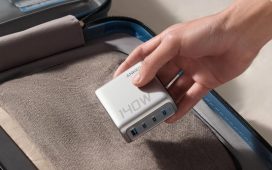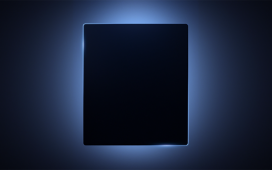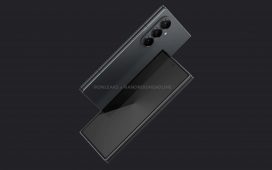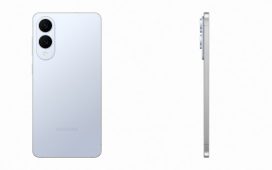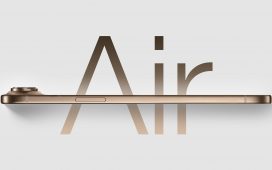Here on Earth, carriers around the world are busy trying to expand their networks to bring cellular coverage to as many people as possible. But it seems that Nokia has other plans. The company has recently announced that it is now one step closer to bringing cellular coverage to the moon.
Bringing cellular coverage to the moon
Nokia’s plans to bring its cellular network to the moon date back several years. The company developed a piece of equipment akin to a “network in a box” that will be deployed on the moon’s lunar south pole. Now it seems that the company is one step closer to actually deploying it.
According to the press release, Nokia has completed the final integration of its Lunar Surface Communication System (LSCS) into Intuitive Machine’s IM-2 mission lander, Athena. Athena and the LSCS will be venturing to the lunar south pole in the upcoming IM-2 mission. Upon completion, it will mark the first successful attempt to deploy a cellular network on the moon.
Nokia developed the LSCS using the same 4G/LTE technology used on Earth. This network will allow astronauts, the lander, and the vehicles to communicate with each other. It will also facilitate high-definition video streaming and telemetry data.
According to Thierry E. Klein, President of Bell Labs Solutions Research at Nokia, “We intend to prove that cellular technologies can provide the reliable, high-capacity and efficient connectivity needed for future crewed and uncrewed missions to the Moon and eventually Mars. Cellular technology has irrevocably transformed the way we communicate on Earth. There’s no reason it can’t do the same for communications on other worlds.”
Nokia’s storied history
Nokia has quite a long and storied history. Before the rise of smartphones, Nokia was the undeniable leader in the mobile phone space. The company created some true icons like the Nokia 3210, Nokia 3310, and the Nokia 8250. Nokia later experimented with wild phone designs, such as the Nokia N-Gage, which some consider the first phone for gaming.
The company kind of missed the boat when it came to smartphones, leading it to sell off its mobile division. These days, Nokia is still very much in the mobile market. The company focuses more on the backend side of things rather than creating consumer devices. This includes selling networking equipment for 5G, licensing patents, and more.
Deploying a cellular network on the moon is one of Nokia’s latest and more moonshot (pun intended) efforts. Whether it will pay off in the long run remains to be seen, but we’ve got to tip our hat to the company for trying.

